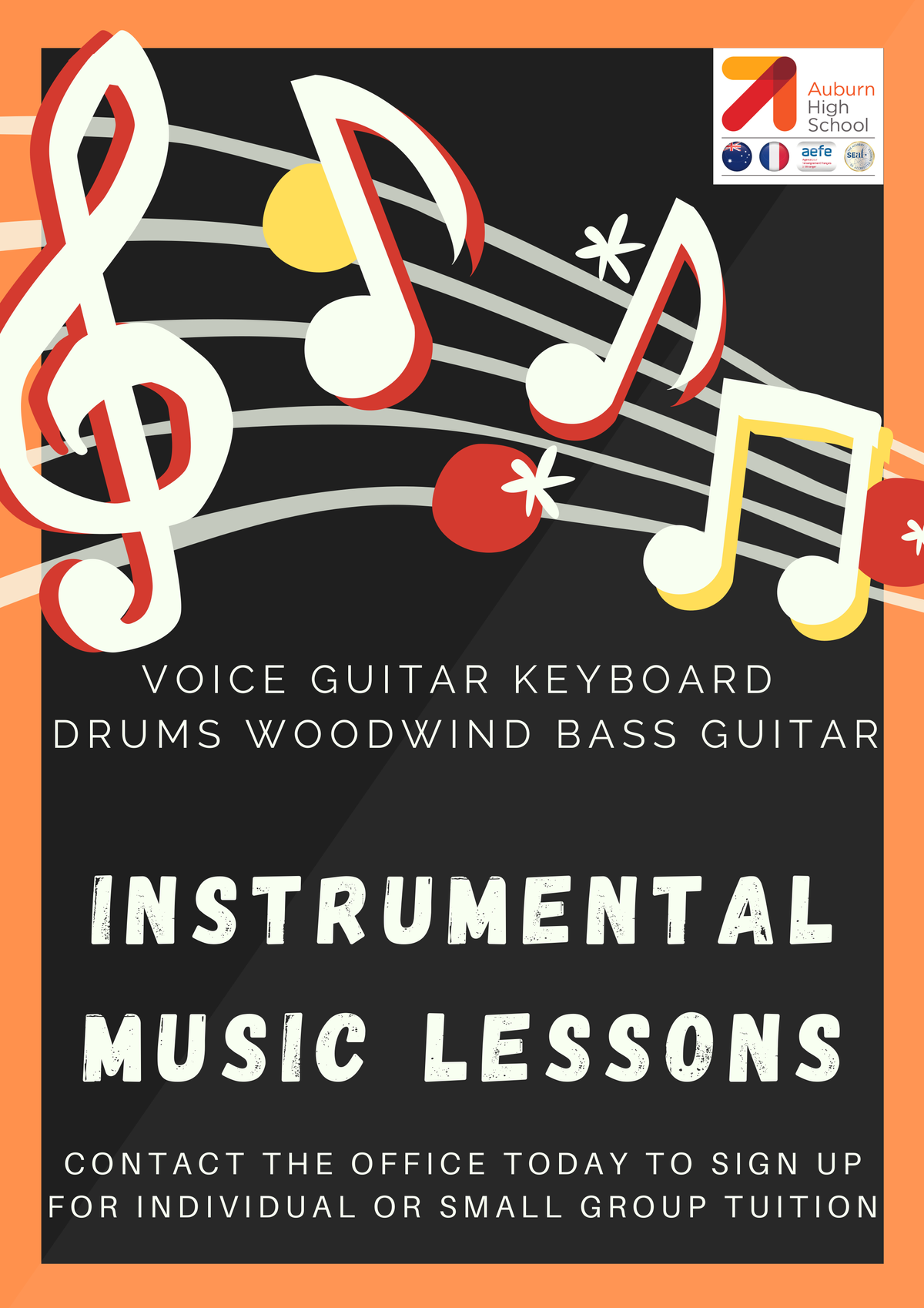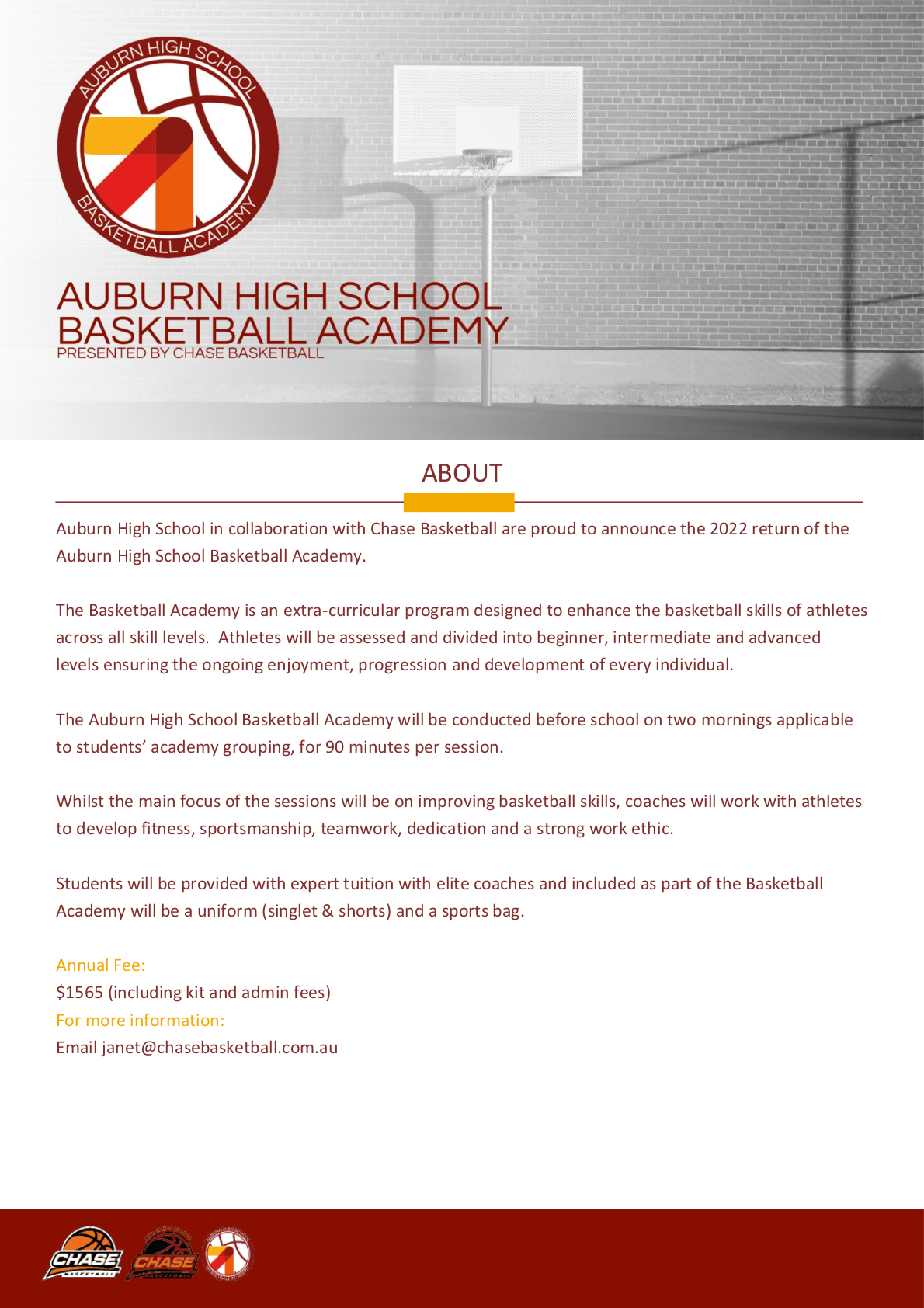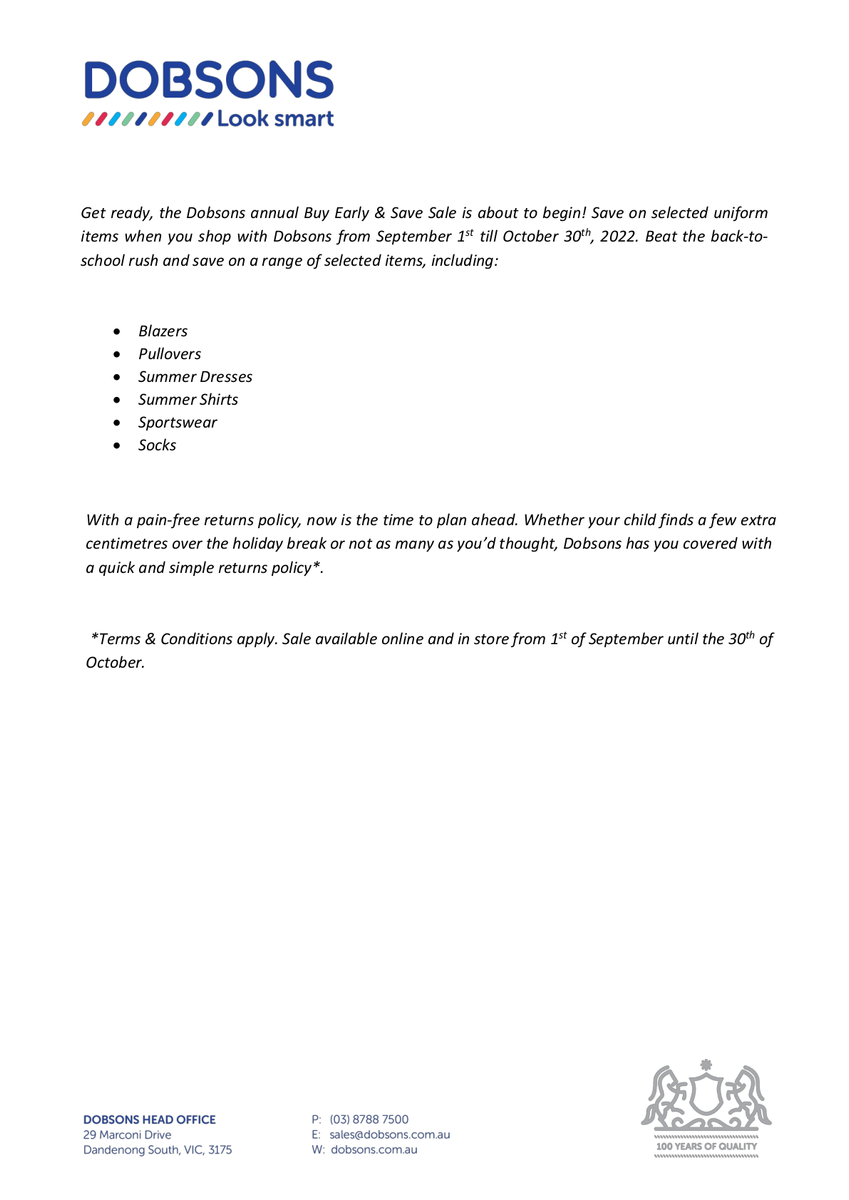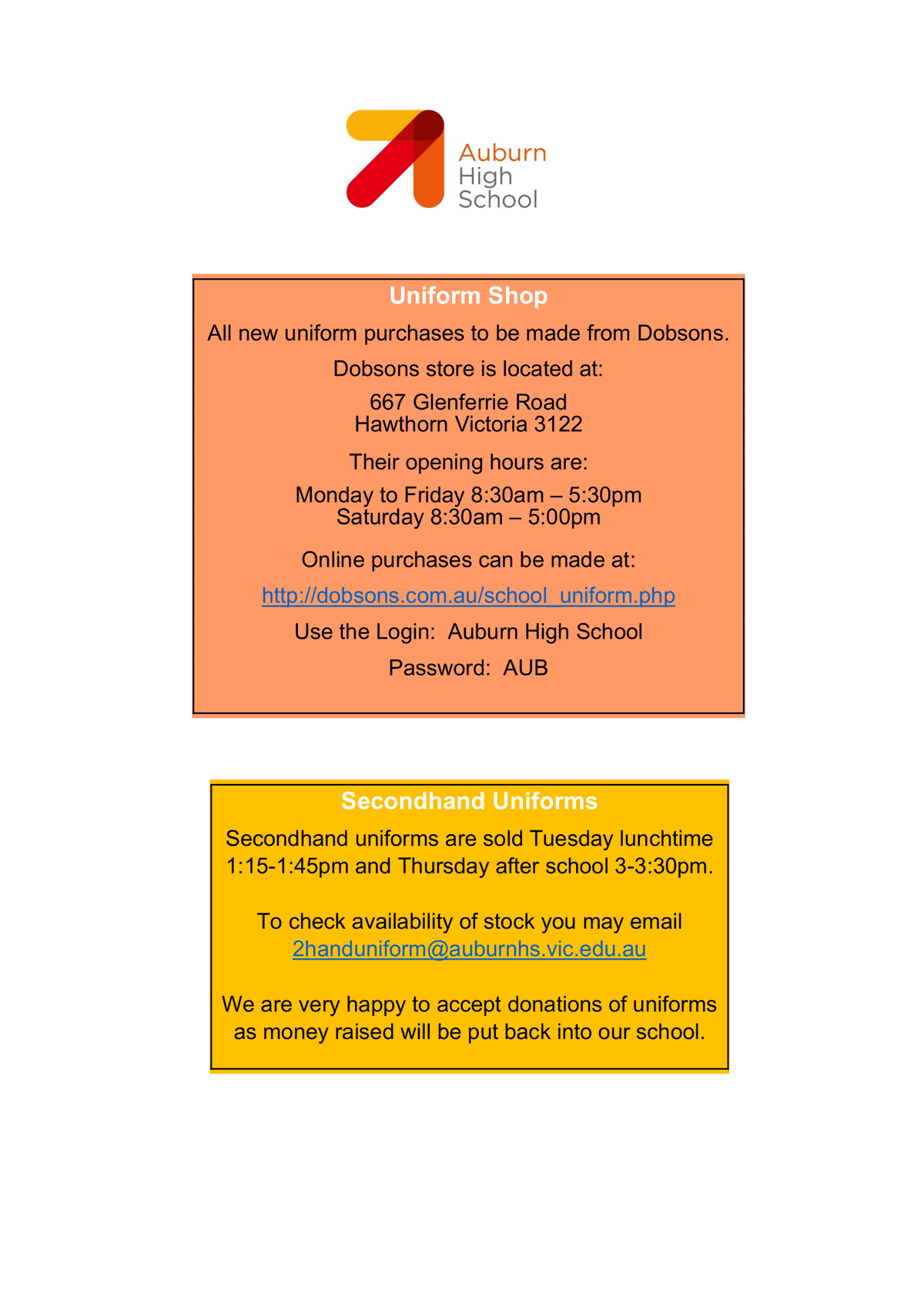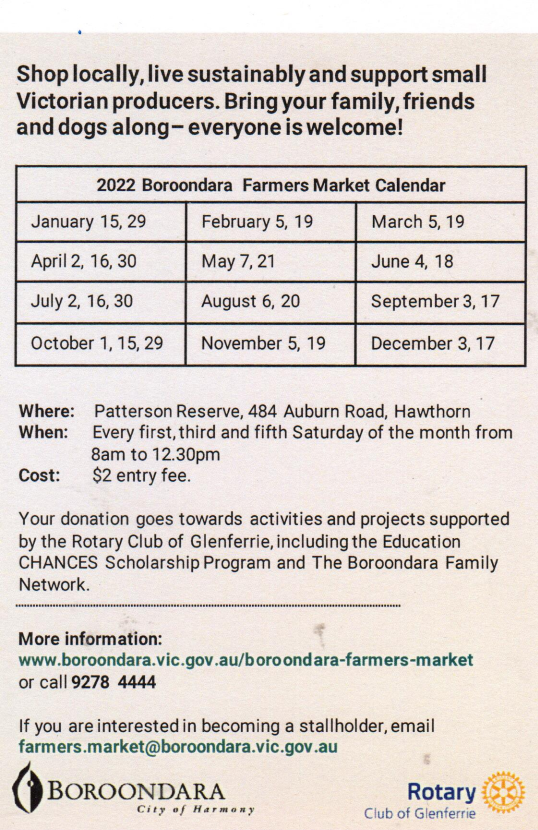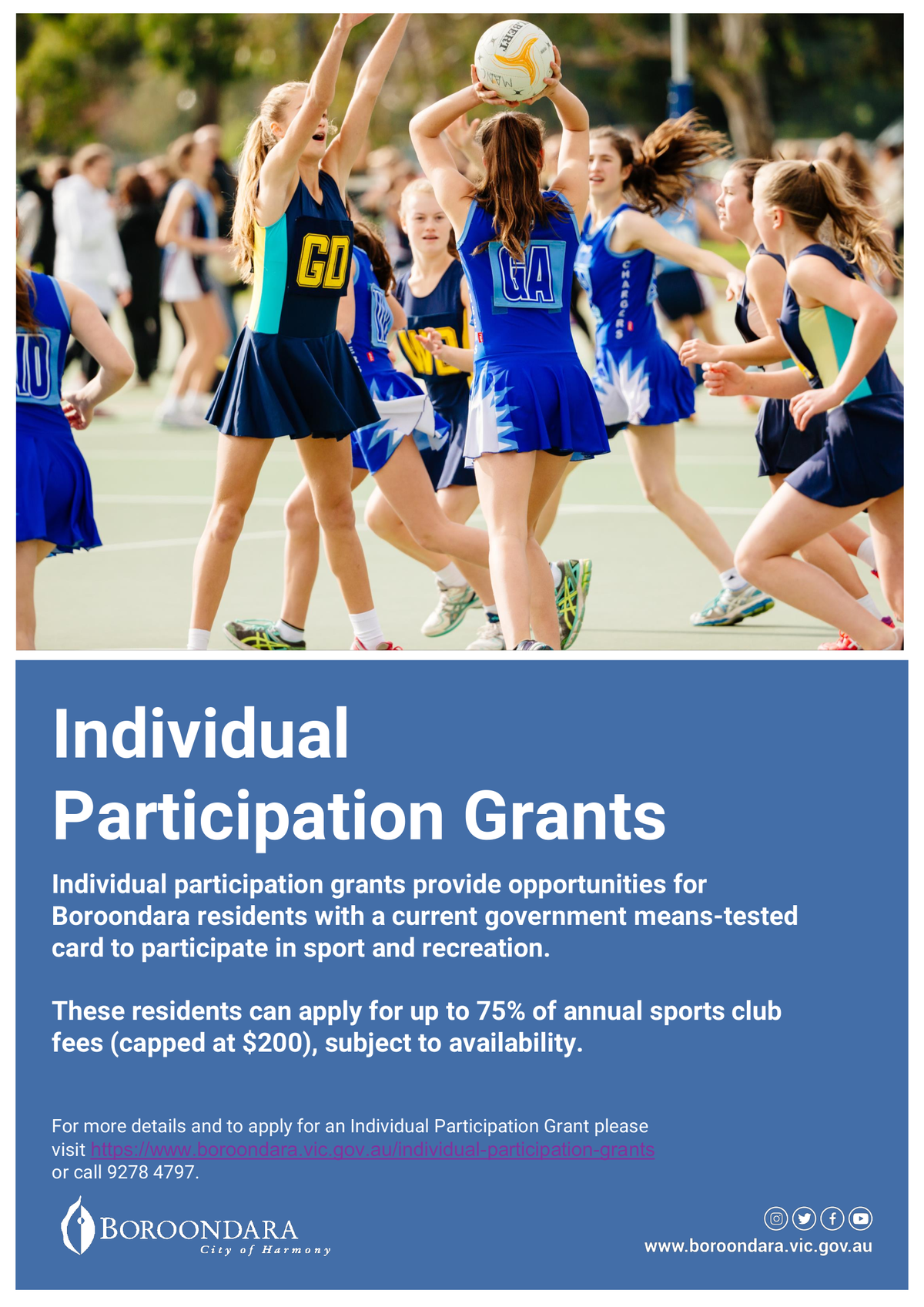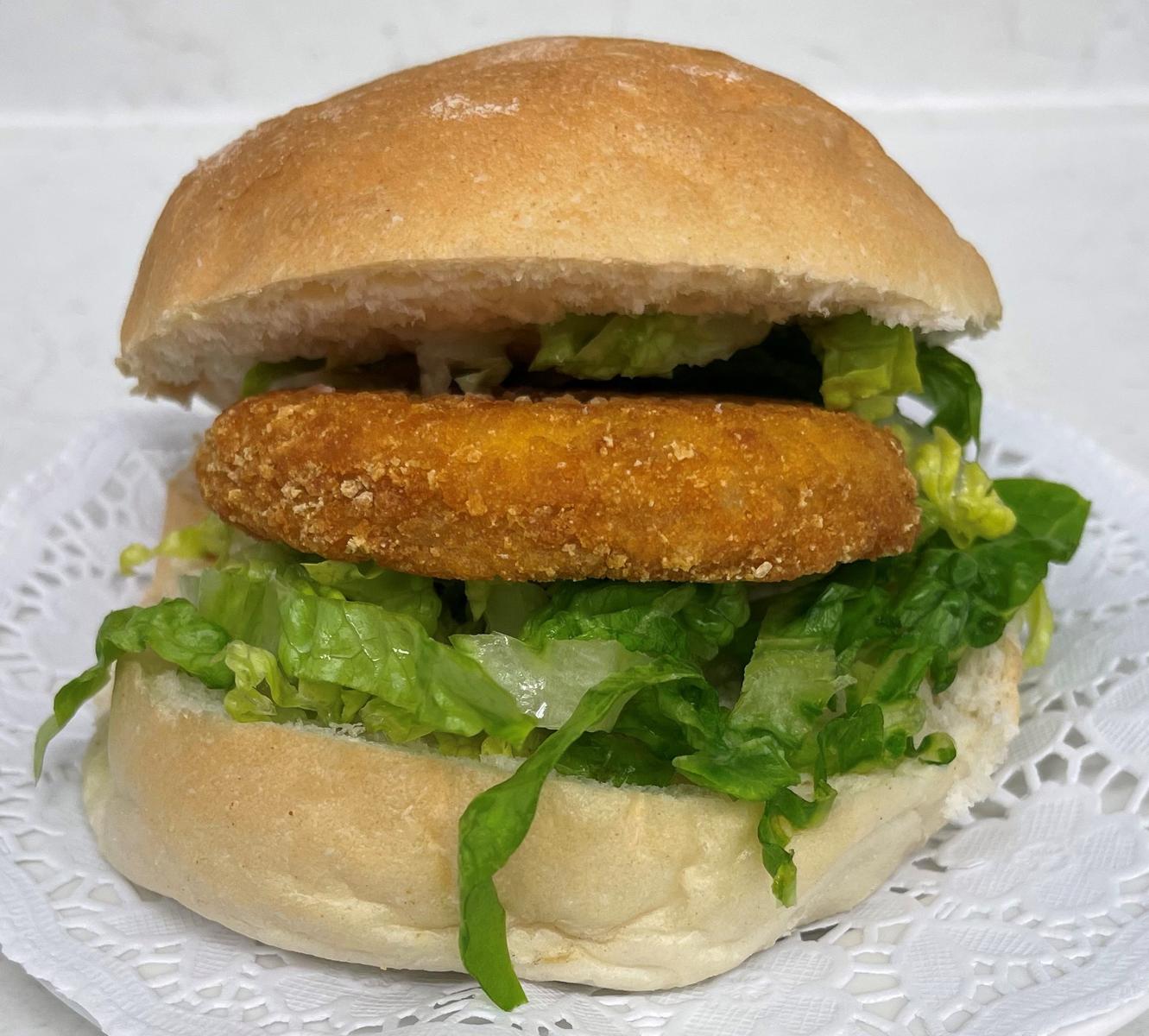School Information

Lost Property
A reminder to please ensure students’ items are labelled with their names so that lost property items can be quickly returned to students.
The General Office lost property cupboard is filled with items that do not have names on them and unfortunately, we do not have the space to keep them. Unclaimed and unnamed school items get donated to our Second-Hand Uniform shop and other non-school items get donated to a charity bin after two weeks.
Understanding Parent Payment Requests
Curriculum Contributions
Voluntary financial contributions for curriculum items and activities which the school deems necessary for students learning.
Other Contributions
Voluntary financial contributions for non-curriculum items and activities that relate to the school's functions and objectives.
Extra-Curricular Items and Activities
Items and activities that enhance or broaden the schooling experience of students and are offered in addition to the standard curriculum. These are provided to students on a user-pays basis.
Instrumental Music
Sport
Body Kind Youth Survey - Student Voices Can Make a Difference
Butterfly Foundation is inviting all young people aged 12 - 18 to have their voices heard about body image. This is a chance to complete the first national survey on body image, Body Kind Youth Survey, so Butterfly can better understand the body image experiences of young Australians, get young people's views on what needs to change to create a more Body Kind Australia and advocate to the top levels of Government. The online survey is voluntary, anonymous, has ethics approval, takes approximately 15 minutes to complete, and requires parental consent for under 15's. Help Butterfly help more young people to be kinder to their body and encourage your child to take part. They can enter the draw to win a gift voucher when they participate. To find out more and to access the survey visit: www.butterfly.org.au/bkyouthsurvey
E-cigarettes use in Young People – What you need to know about vaping?
What are e-cigarettes?
E-cigarettes often referred to as “vapes”, are battery operated devices that work by heating liquid until it becomes an aerosol that young people can inhale. One common misconception is that the “cloud” from the e-cigarette is a vapour, like steam. It is really an aerosol, that is made up of multiple chemicals that enter the body via the lungs, and the small particles can get lodged in the lungs.
What’s inside an e-cigarette?
Currently there are no safety or quality standards that “vapes” need to meet. The manufacturing, contents and labelling are all unregulated. E-cigarettes can contain nicotine, propylene glycol or glycerine and flavourings. It is important to know that most e-cigarettes and e-liquids that are labelled nicotine-free and available for sale in Australia, do in fact contain nicotine. Nicotine is addictive and has been linked to harm in adolescent brain development. Current research shows that young people that try vaping are more likely to try and may take up smoking.
There have also been other hazardous substances found in e-cigarettes liquid and aerosols including formaldehyde, acetaldehyde and acrolein, which are known to cause cancer.
Is vaping safe?
While scientists are still learning about the short and long term-health effects, a recent outbreak of lung disease and deaths in the United States demonstrates that there is strong evidence that e-cigarette aerosols can be harmful to the lungs.
Currently in Australia, the Australian Therapeutic Goods Administration (TGA) has not safety tested e-cigarettes or e-liquids, so they cannot be considered a safe product. Many of these products are purchased online, meaning that regulation is even more lax, and could be made anywhere, by anyone and with anything in it.
How to talk to a young person?
Having a conversation about it might feel tricky or awkward, but it’s always a good idea!
Start with information
Get the key facts, learn the basics about vaping products, and think through what you want to say. Consider some questions you might be asked, and how you want to respond.
Approach it calmly
You might want to start the conversation when you’re doing an activity together, such as driving or preparing a meal. Keep things casual and relaxed. You might want to use something you saw in a TV show or on the news as a chance to bring up the issue.
Don’t make assumptions
If you think they may have tried vaping, avoid making accusations. Going through someone’s space looking for evidence isn’t recommended, because it can undermine trust.
Avoid judging or lecturing
Listen to their point of view and keep it a two-way conversation. Being mindful to keep your body language and tone respectful can go a long way. If they have tried vaping, try asking questions like: ‘what made you want to try?’ and ‘how did it make you feel?’
Don’t exaggerate
Make sure you are honest with them about potential harms and avoid exaggerated statements.
Focus on health and explain your concerns
Focus on how you care about them and want them to be healthy. For example, if they are vaping nicotine, you can say that you are concerned about the evidence that this can affect adolescent brain development.
Further Information
For more information, the Royal Children’s Hospital has recently done a podcast episode about Vaping and Teens. https://megaphone.link/HNAST1010116761
Emily Dawson
Adolescent Health Nurse
CANTEEN NEWSDear parents, students and school community,
During the first half of the year the canteen staff have been able to offer an extensive menu with no price increases from 2021. Due to the increased supply costs there will be price rises in some hot food offerings in semester 2, 2022. These have been kept to a minimum and the canteen staff are thankful for the school community’s understanding, support and patronage.
Kind regards,
The canteen staff

